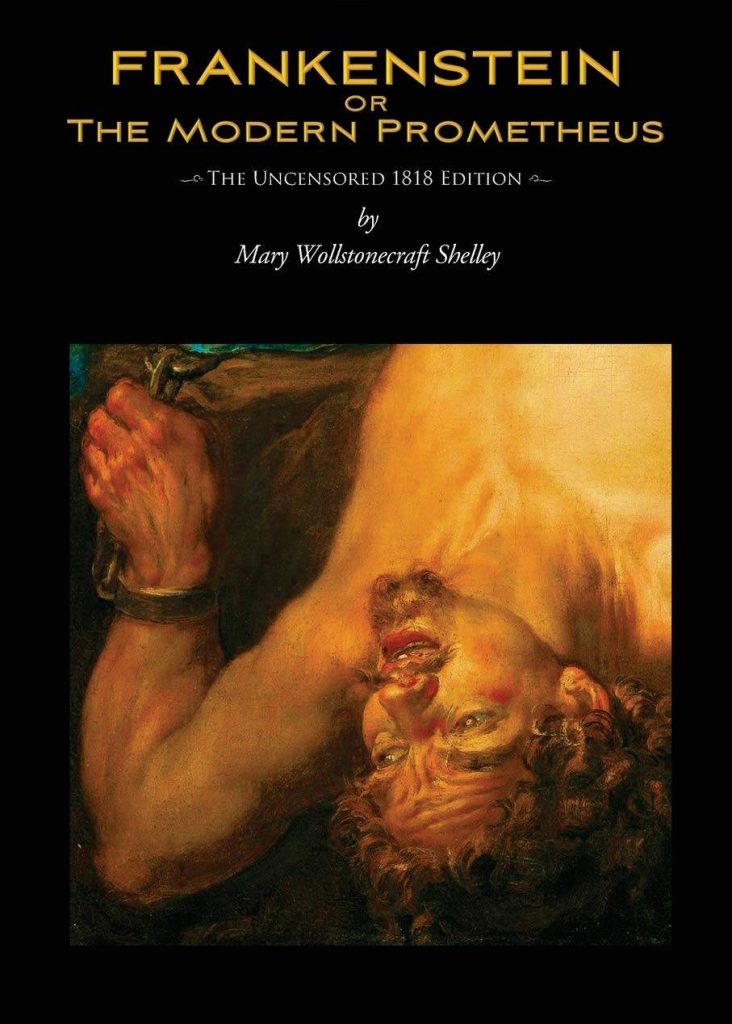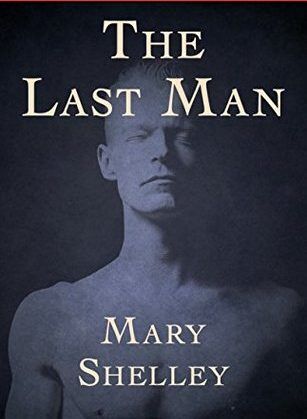The tragedy of Mary Wollstonecraft Shelley is that, despite having one of the most famous horror stories of all time, her other work is virtually unknown. Her other two novels, aside from Frankenstein, were actually strange and unique in their own way—keep reading to learn more about the roads Mary Shelley paved for the literary community.
Frankenstein, or The Modern Prometheus (1818)
Shelley’s first and most notorious novel was started when she was still a teenager, in 1816, at age 18. Female writers around the world, myself included, are grateful for her contribution to literature, even though she published initial additions anonymously when she was twenty in London in 1818. Her name didn’t actually appear on the publication until the second edition was published in Paris in 1821.

What is incredible about this book is not just that it was written by a teenager, or that it was written by a woman, but that it was written by a woman from the perspective of a young male scientist. This story arose from her travels through Europe in 1815 while she traveled along the Rhine in Germany. Eleven miles away from what is considered Frankenstein Castle, where two centuries before her visit a mad alchemist conducted various experiments. She continued her travels across Geneva, Switzerland—which was also used as a setting for much of the novel. Shelley and her traveling companions had incredibly controversial conversations that ranged from the occult to galvanism—this of course was around the time that Luigi Galvani was conducting his experiments with his frog galvanoscope.
The legend of how Shelley came up with her idea of this particular novel tells us that Shelley and her traveling companions, most all of them writers, decided to have a contest amongst themselves. They wanted to challenge each other and see, who among them could create the most engaging, terrifying, and outrageous horror story. Initially stumped by the prompt, Shelly thought upon the topic for days until she finally had a dream that would inspire her to write the story of a scientist who created life, only to be horrified by his own creation.
The story of Victor Frankenstein was rather controversial due to the idea of Galvani’s technology and what his experiments meant for the scientific community at the time. So, Shelley portrays Victor Frankenstein, a young scientist as a man pursuing knowledge that lies in the unorthodox, blasphemous fields of secrets yet-to-be-told. Life and death are uncertainties in this story, when Victor creates a sapient creature, one constructed from the pilfered parts of those who have died.
Galvani’s experiments gave the scientific community a lot of ideas about reanimation after death and also launched experimental medical treatments using electricity to cure diseases that were incurable at the time. If you’re interested in learning a bit more about the process that Luigi Galvani used to achieve this ground-breaking discovery about electrical impulses and the nerve system, there are a few YouTubers who decided to replicate the experiment. Enjoy!
The Last Man (1826)
Shelley’s novel The Last Man is an unusual topic for the time during which it arose; originally published in 1826, this book envisions a future Earth—set in the late twenty-first century—that is ravaged by plague and unknown pandemic. It harbors the eery scene of a planet in the throes of apocalypse, where society has degraded to a dystopian nightmare, amidst the ravages of an unchecked and unknowable plague that blankets the globe.

In order to write this particular novel, Shelley spent time sitting in meetings of the House of Commons in order to have a deeper understanding of the inner workings of a Romantic Era political system. As such, she created another first in literature—dystopian apocalyptic visions of the future within the writing community. Due to the insanely new concept of a dystopic world, her novel was suppressed by the literary community at large, as it was a wholly nightmarish idea at the time. It was almost considered prophecy and it wasn’t until the 1960s that the novel resurfaced to the public where it was clearly understood to be a work of fiction.
Mathilda (1959)
Mathilda is one of those books that, if it had been published during Shelley’s lifetime, it might have created another scandal for Mary Shelley—as such her second long work, despite having been written between August 1819 and February 1820, wasn’t published until 1959, well after Shelley’s death. While this isn’t a horror novel, it does provide some insight into the dark and depressed mind of Shelley following the death of two of her children. Their deaths in 1818 and 1819 respectively caused Mary Shelley to distance herself emotionally and sexually from her husband which was an incredible hardship on their marriage.

The plot of this particular novel dealt with a common theme found in Romance Era novels—incest and suicide, this novel in particular was the narrative of a father’s incestuous love for his daughter. Now you may be thinking—that’s disgusting! And by today’s standards of familial relationships and romantic relationships, you would be correct.
Mathilda tells her story from her deathbed, having barely lived to her twenties, in order to tell the story of her darkest secrets that have led her to such a young demise. She confesses the truth of her isolated upbringing which leads to the ultimate begrudging truth of her emotional withdrawal and inevitable, secluded death. She never names her father, who confesses his incestuous love for her—his confession fuels his decision to commit suicide by drowning.
Index of Sources

Georgia-based author and artist, Mary has been a horror aficionado since the mid-2000s. Originally a hobby artist and writer, she found her niche in the horror industry in late 2019 and hasn’t looked back since. Mary’s evolution into a horror expert allowed her to express herself truly for the first time in her life. Now, she prides herself on indulging in the stuff of nightmares.
Mary also moonlights as a content creator across multiple social media platforms—breaking down horror tropes on YouTube, as well as playing horror games and broadcasting live digital art sessions on Twitch.
